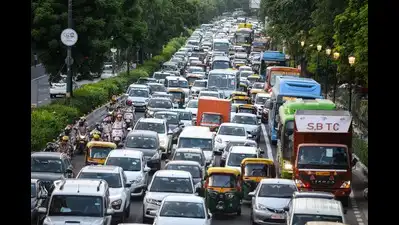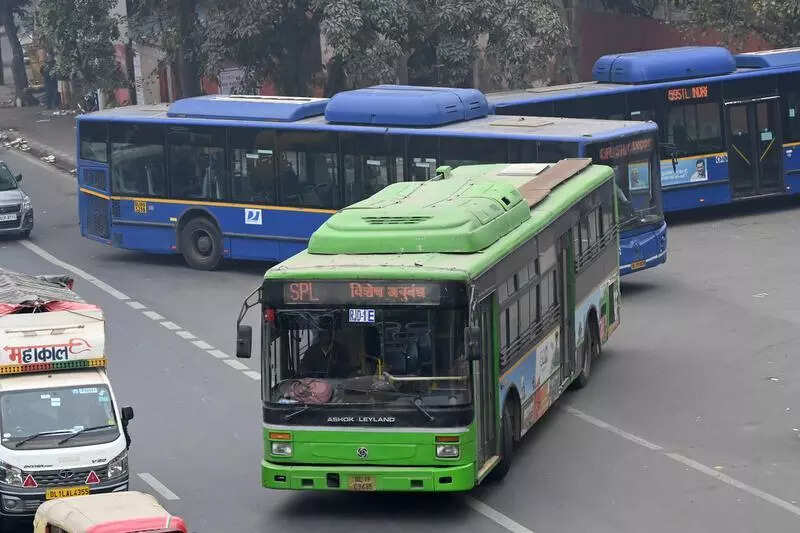NEW DELHI: With the city’s Ring Road catering to heavier traffic than its capacity, Delhi govt is toying with the idea of building an elevated road over the existing 55-km stretch. PWD minister Parvesh Verma said he had already asked for a feasibility of such a project, with the proposed road to be built on pillars and connected with other arterial roads through ramps. Verma said he had discussed the plan with Union minister for road, transport and highways Nitin Gadkari and received a go-ahead from him.“This will be one of the biggest projects of this govt and will be completed within its term,” Verma told TOI. The minister said that Delhi’s two ring roads bear the maximum load of traffic and remain clogged during peak hours. Adding to the capacity of the existing road would help ease traffic on the existing one while also decongesting other roads that connect with Ring Road. “Since the new road will be entirely elevated, it can be built on pillars along the central verge of the existing road. The project will not require any acquisition of land and so can be completed within a given timeframe,” Verma said.Since a large volume of traffic using the Ring Road disperses on other important arterial roads such as Mathura Road, Aurobindo Marg, DND Flyway or head to the airport, Gurgaon, Rohtak Road and other highways, Verma said traffic movement would become obstruction-free with the construction of the new elevated road. “The cost of the construction of an elevated road comes to about Rs 100 crore per kilometre. This project can easily be completed at a cost of Rs 5,500-6,000 crore,” the PWD minister said.Once a relatively efficient arterial corridor designed to decongest central areas and facilitate cross-city travel, Ring Road is now facing chronic congestion. Unlike the newer Outer Ring Road, developed later to redirect peripheral traffic, the inner Ring Road is buckling under mounting pressures. From urban sprawl and flawed planning to infrastructure saturation and enforcement gaps, a confluence of factors has brought the once-speedy corridor to a glacial pace.When Ring Road was originally planned in the 1950s and completed in the following decades, it was meant to serve a very different city — both in population and traffic volume. At the time, Delhi had fewer than three million residents. Today, the metro region is home to over 30 million. The road, however, has not expanded proportionately to accommodate this growth. What was once designed as a bypass route now functions as a semi-central road. As the city grew outward, neighbourhoods like South Extension, Punjabi Bagh, Lajpat Nagar and Ashram became dense mid-city urban hubs. Ring Road now cuts through commercial, institutional and residential areas. The corridor is used not just by through traffic but also by local traffic to access shops, markets, schools and hospitals — all of which generate frequent stops and lane intrusions.Intersections like AIIMS, Moolchand, Dhaula Kuan, Ashram and ITO are choke points where arterial routes intersect with heavy local traffic. While flyovers and underpasses have been built at some locations, they often only shift the congestion rather than resolve it. Delhi Traffic Police conducted a survey in 2024 and found that of 134 congestion hotspots, at least 12 were located on Ring Road and Outer Ring Road.






